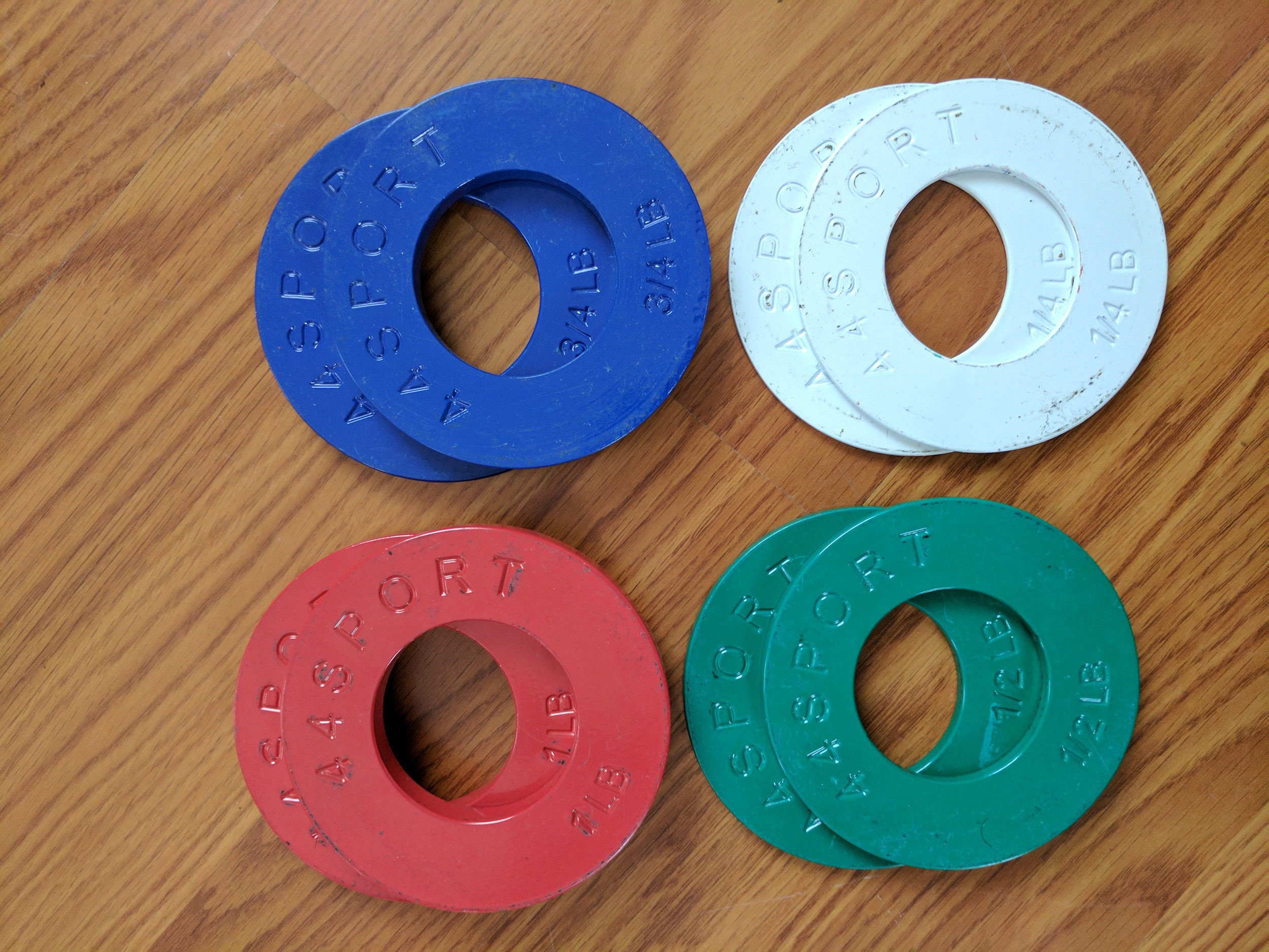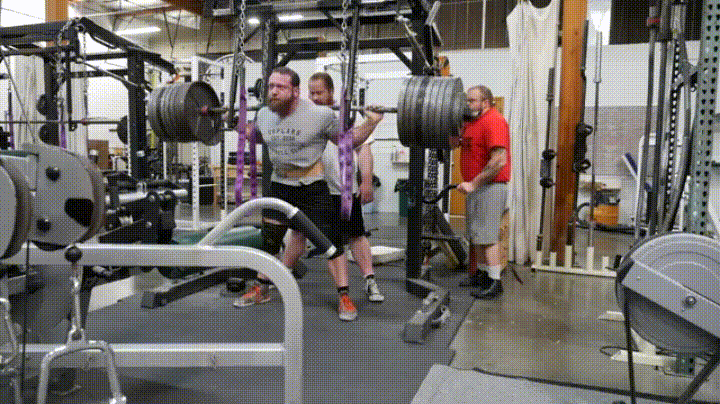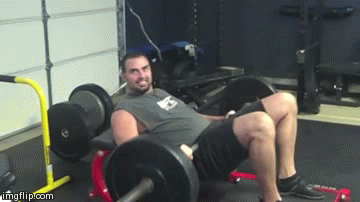
The Powerlifter’s Arsenal: A Game of Inches
The weight is over! Now that the rookie and intermediate lifters are taken care of, it’s time to turn our attention to the more advanced lifters with money to burn who are looking for every advantage they can get.

Wrist Support

When most people think of wrist wraps, they think bench press, but I bought them to help with my squat. I never thought I would need wraps until I began experiencing symptoms of carpal tunnel, and wanted to see if more wrist support would help after I noticed during higher rep squat sets I’d end up letting my wrists extend.

If Starting Strength is okay with wrist wraps, so am I.
The wraps did wonders to help with not only the carpal tunnel symptoms but let me push harder on high rep sets for both squat and bench. I ended up picking up a pair of the 20” medium wraps from Amazon, which seem to be the perfect length for training. The longer wraps give more support at the cost of a lot more hassle getting them on and off, which you’ll have to do before and after each set if you are wrapping them as tight as needed to give support.
Strapped For Gains
Continuing the wrist theme, a pair of simple cotton lifting straps are a great tool to have for pushing those upper back and deadlift gains. Not only do they stop grip dexterity limits from stopping your set at too few reps, but they also let you focus on the muscles you’re targeting during Kroc rows, walking lunges, or whatever you’re holding weights for.
More Like A Game of Fractions

Most gyms have five-pound plates on the lowest end; the lucky few might even find some two and a half pounders. If you’re a more advanced lifter, that’s not going to cut it! Long gone are the days where you could program five or ten-pound jumps, now every ounce matters.

Here is hoping you remember how to add fractions!
Since a lot of programs work off of percentages, fractional plates allow you to be very exact and skip deciding between leaving gains on the table by rounding weight down or risk failing a set by rounding up.
Desperate Collar For Help

Good barbell collars are another thing you’ll rarely find in a gym, but provide so much value at higher weights. The last thing you need when you’re lifting heavy is a plate sliding down the bar because of some imbalance or asymmetry you have, or even worse, almost killing someone because some plates fall off your bar.

After using typical spring collars that would barely hold, then plastic collars that would break every six months, I switched to aluminum collars as soon as I discovered them. Not only are they the same weight as the plastic version, but after two years of hard training, they have continued to hold firm with zero issues.
Padded PRs

If you’re going to barbell hip thrust in public everyone is going to be uncomfortable, but at least you don’t have to be in physical pain. That’s where the only legitimate reason to own a barbell pad comes into play: you can build up your delts or traps for squatting, but there are no muscles I know of that you can build up to stop crushing your hip bone while hip thrusting hundreds of pounds.

Like Bret says: never make direct eye contact while hip thrusting or when someone else is hip thrusting
Setting A High Bar

Without having a gym of your own, there is no higher gym luxury than having a personal barbell only you can use. If that barbell is a Texas Power Bar, you’re really living the high (bar?) life.
No more worrying about when some animal is going to destroy the last good barbell slamming 405 into the safety pins doing max effort rack pulls, or worse, barbell shrugs. Now you can rest easy that whenever you lift you’ll have a well maintained undamaged barbell locked up just for you, accidents do happen though.
Finally, we’ve reached the end of this multi-post literary journey where I not only try to justify lugging my comically large duffle bag around the gym but shill a bit hoping someone will finally use my Amazon affiliate links. Regardless of if you do, I hope documenting the what, and why of the contents of my gym bag will help other aspiring lifters get stronger, and invest in their sport.
Do you use any of these, or did I miss anything? Tweet @ me and let me know!